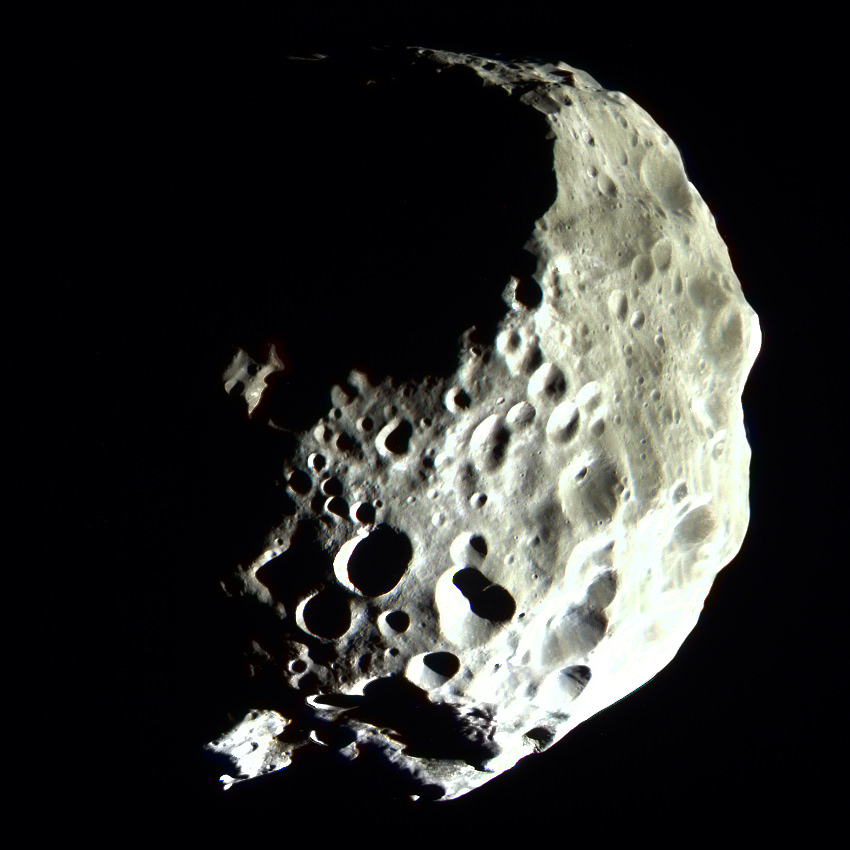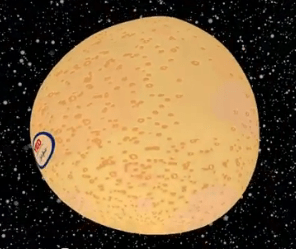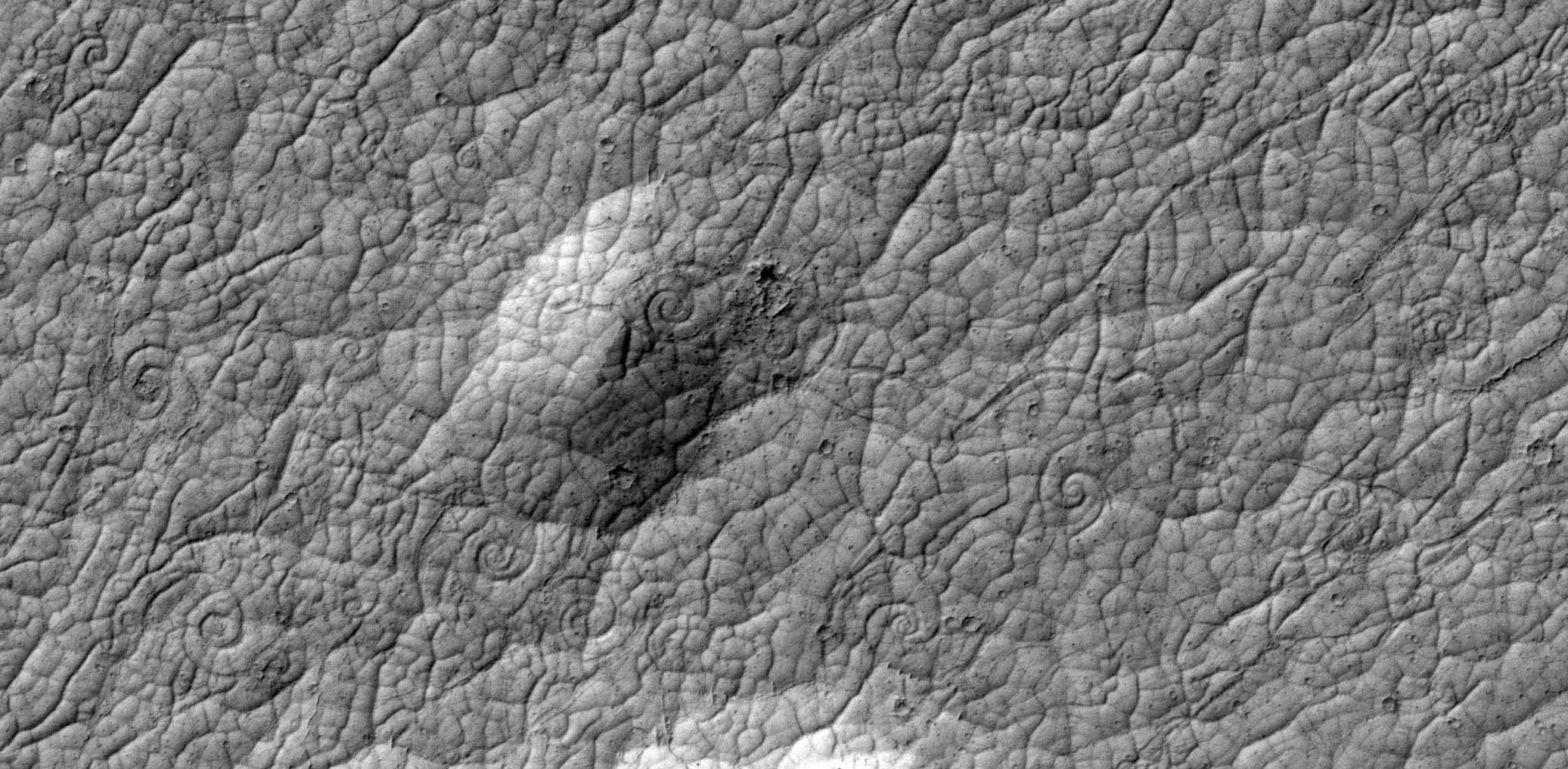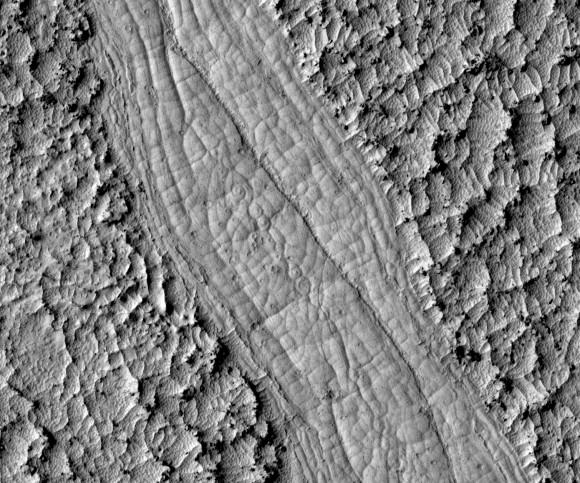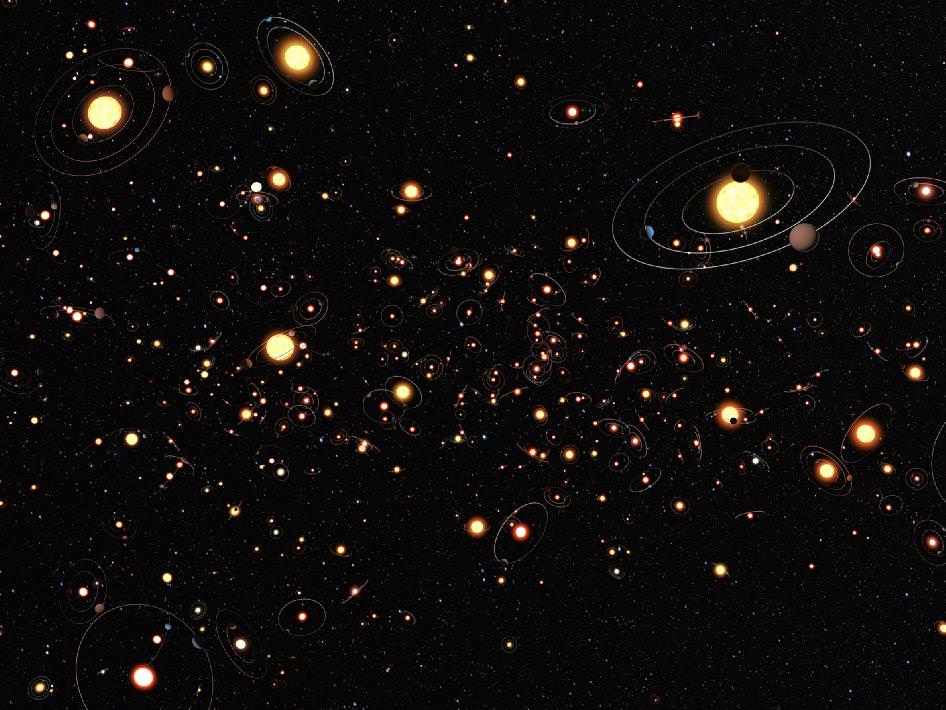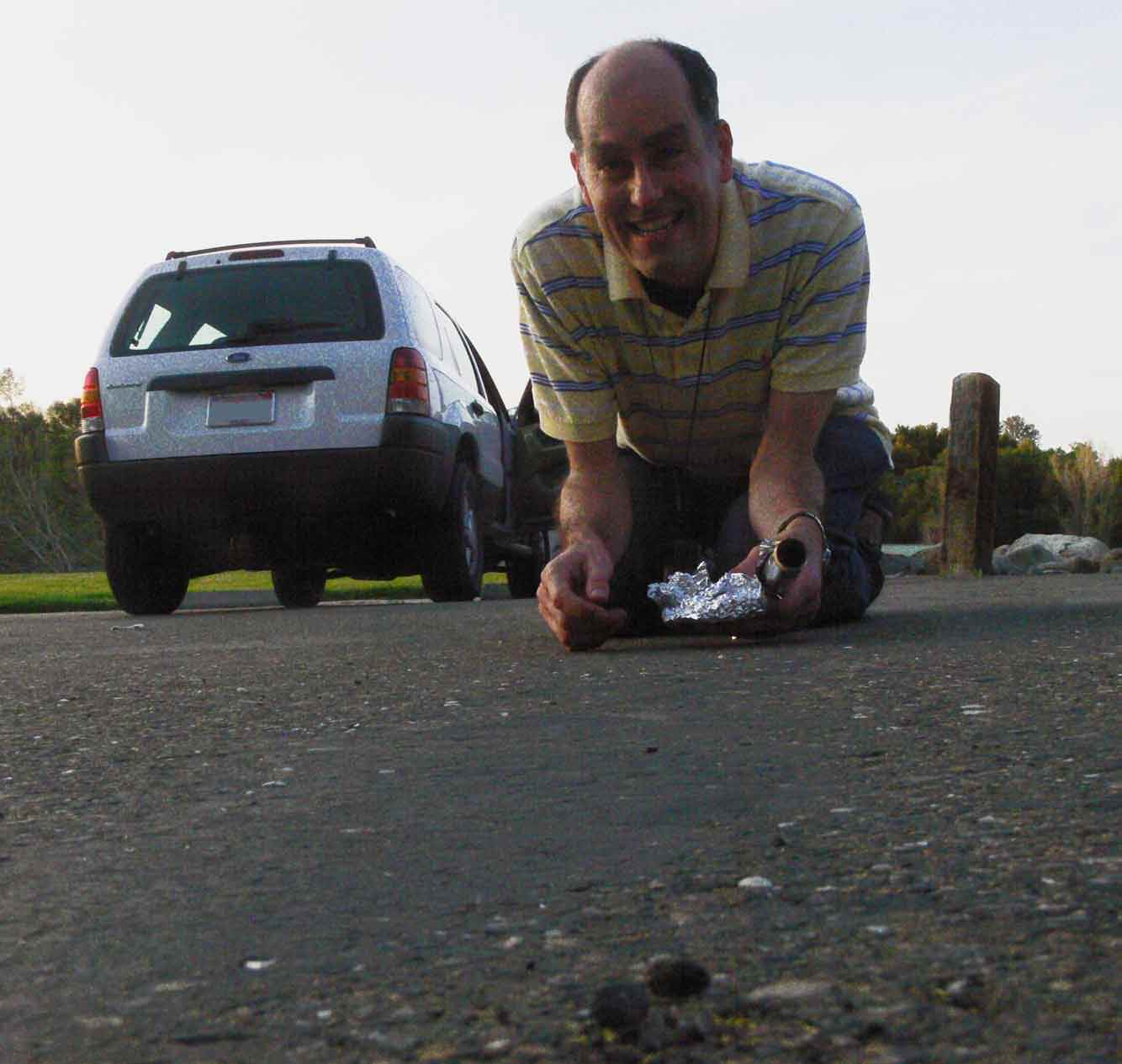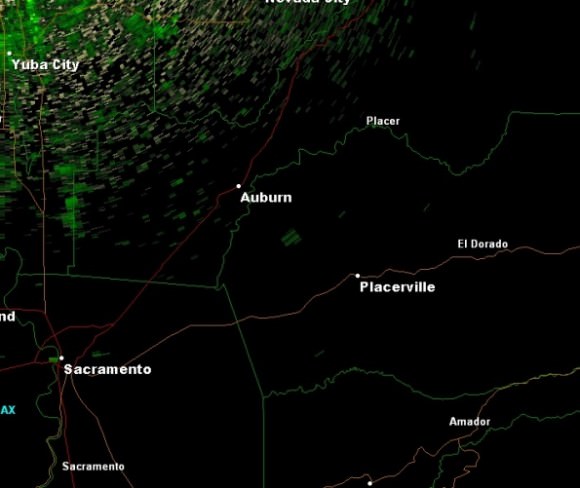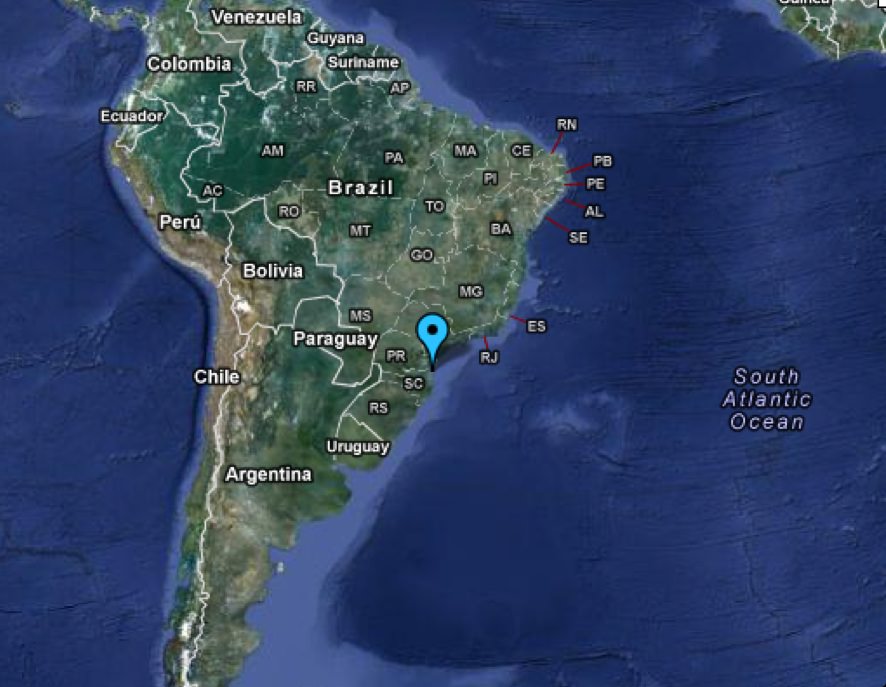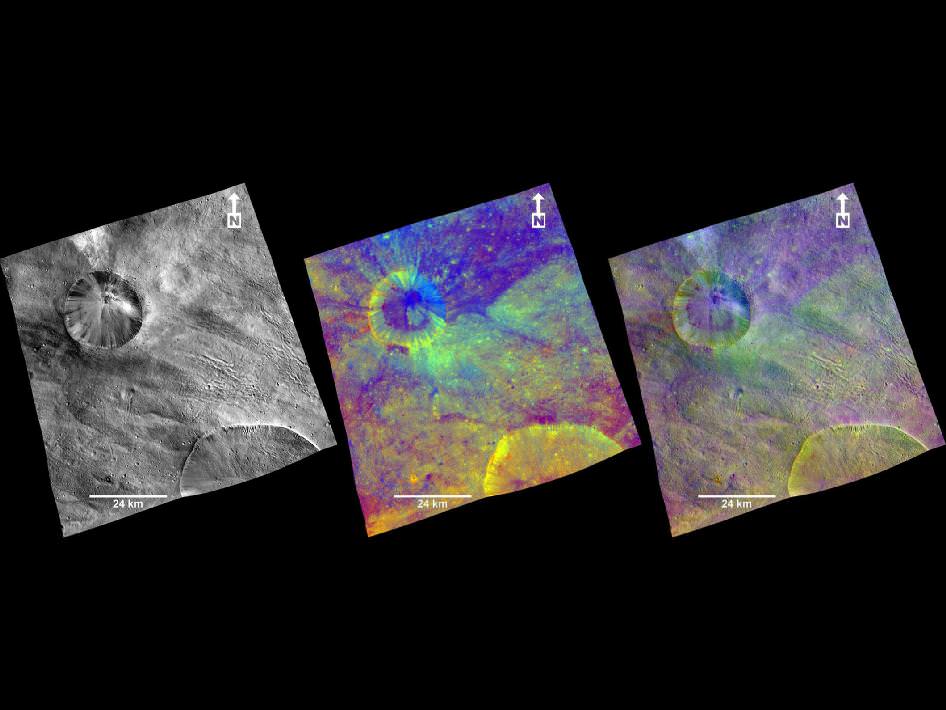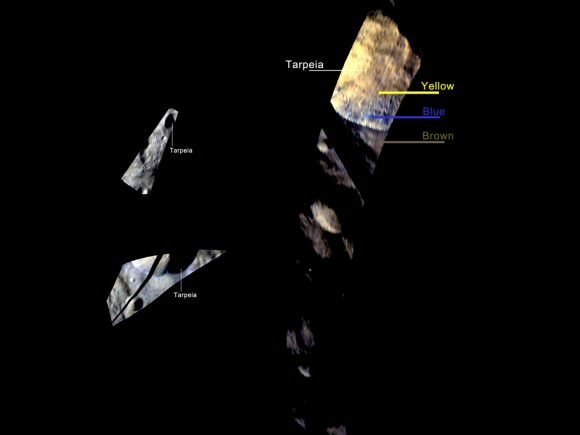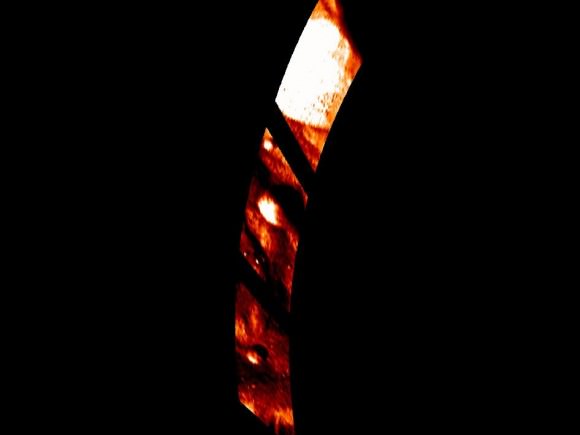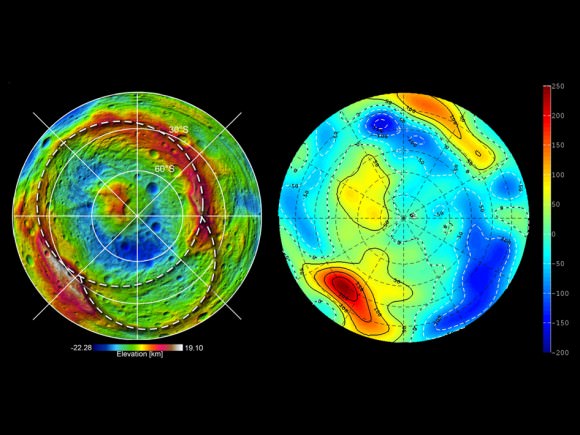[/caption]
Saturn’s curious moon Phoebe features a heavily-cratered shape and orbits the ringed planet backwards at a considerable distance of over 8 million miles (12.8 million km). According to recent news from the Cassini mission Phoebe may actually be a Kuiper Belt object, having more in common with planets than it does with any of Saturn’s other satellites.
132 miles (212 km) in diameter, Phoebe is the largest of Saturn’s irregular moons — a cloud of small, rocky worlds held in distant orbits at highly inclined paths. Its backwards (retrograde) motion around Saturn and dense composition are dead giveaways that it didn’t form in situ within the Saturnian system, but rather was captured at some point when it strayed too close to the gas giant.
In fact it’s now thought that Phoebe may be a remnant from the formation of the Solar System — a planetesimal — with its own unique history predating its adoption into Saturn’s extended family of moons.
“Unlike primitive bodies such as comets, Phoebe appears to have actively evolved for a time before it stalled out,” said Julie Castillo-Rogez, a planetary scientist at NASA’s Jet Propulsion Laboratory. “Objects like Phoebe are thought to have condensed very quickly. Hence, they represent building blocks of planets. They give scientists clues about what conditions were like around the time of the birth of planets and their moons.”
Although Phoebe is heavily eroded and irregularly-shaped today at one time it may have been much rounder. But an early composition of radioactive elements would have generated heat, and as it warmed it “deflated” through compression, growing denser and denser.
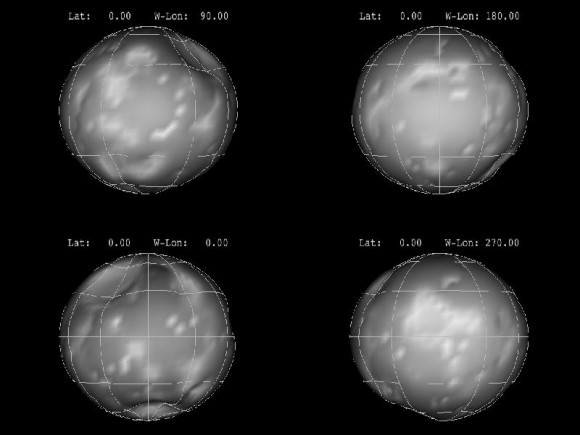
Now, Phoebe exhibits a similar density to Pluto — another denizen of the Kuiper Belt.
At some point Phoebe may even have had water, kept liquid by its radioactive heat. That is, until the heat faded and it froze, creating the icy surface detected by Cassini’s instruments.
Still, Cassini’s study of Saturn’s moons has provided scientists with clues to what was happening much earlier on in the Solar System. What caused Phoebe to drift inwards to be caught up in orbit around Saturn? How did it survive such a supposed shuffling of planets and other worlds did not? As Cassini continues its investigation answers — and undoubtedly even more questions — will be uncovered.
Read more on NASA’s news release here.
Image: NASA/JPL/SSI. Color composition by Gordan Ugarkovic.

